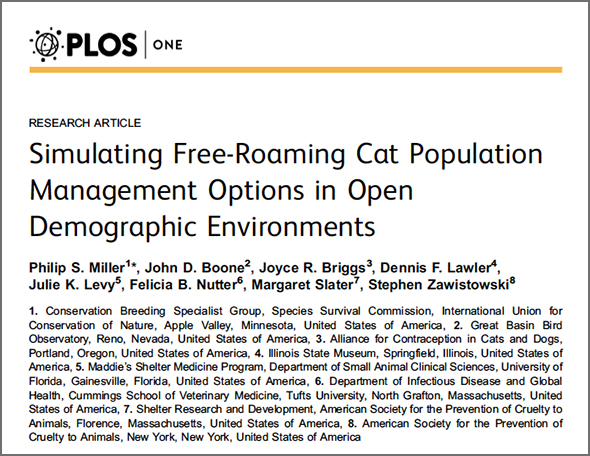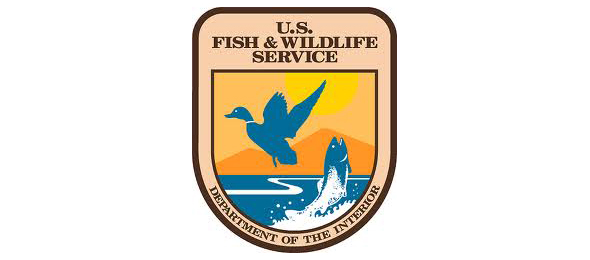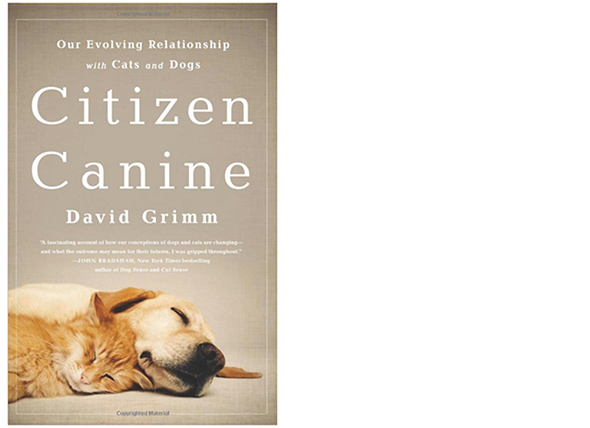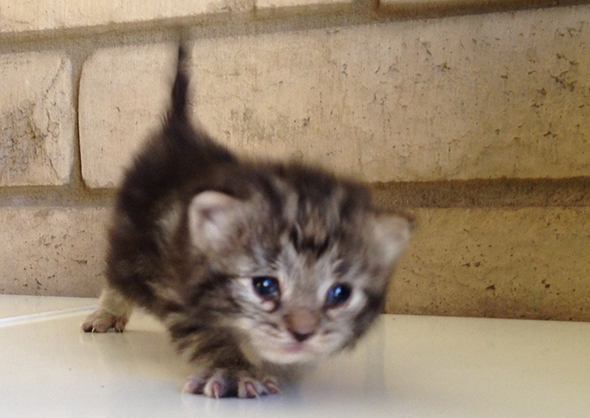As most readers are undoubtedly aware, today is National Feral Cat Day. And at the risk of stating the obvious: NFCD has clearly become, to borrow a trendy phrase from social media, “a thing.” Now in its 14th year, there are hundreds of events going on around the country to mark the occasion.
All of which must be terribly frustrating for TNR-deniers. Thus, their increasingly desperate attempts to oppose, any way they can, TNR and community cat programs.
Witness, for example, Cats, Birds, and People: The Consequences of Outdoor Cats and the Need for Effective Management (PDF), a presentation by Grant Sizemore—who may or may not be the American Bird Conservancy’s Director of Invasive Species Programs. (As we’ll see shortly, it’s surprisingly complicated.)
It’s not clear exactly who these 33 slides are intended to help. After all, to anybody even remotely familiar with the issue, it’s immediately apparent that Sizemore’s claims—the “consequences” mentioned in the presentation’s title—are flimsy at best.
Equally apparent: Sizemore and ABC are not—though ABC’s been on this witch-hunt for 17 years now—about to provide any solutions.
Not only is the presentation available on ABC’s website, Sizemore’s now taking the show on the road. Last month, for example, he was in Ellenton, Florida, as part of a Coyotes and Feral Cats forum, hosted by the Suncoast Cooperative Invasive Species Management Area.
No doubt, most readers will miss such opportunities. Here, then, are 11 of the presentation’s “highlights”—my humble gift on National Feral Cat Day 2014. Read more






